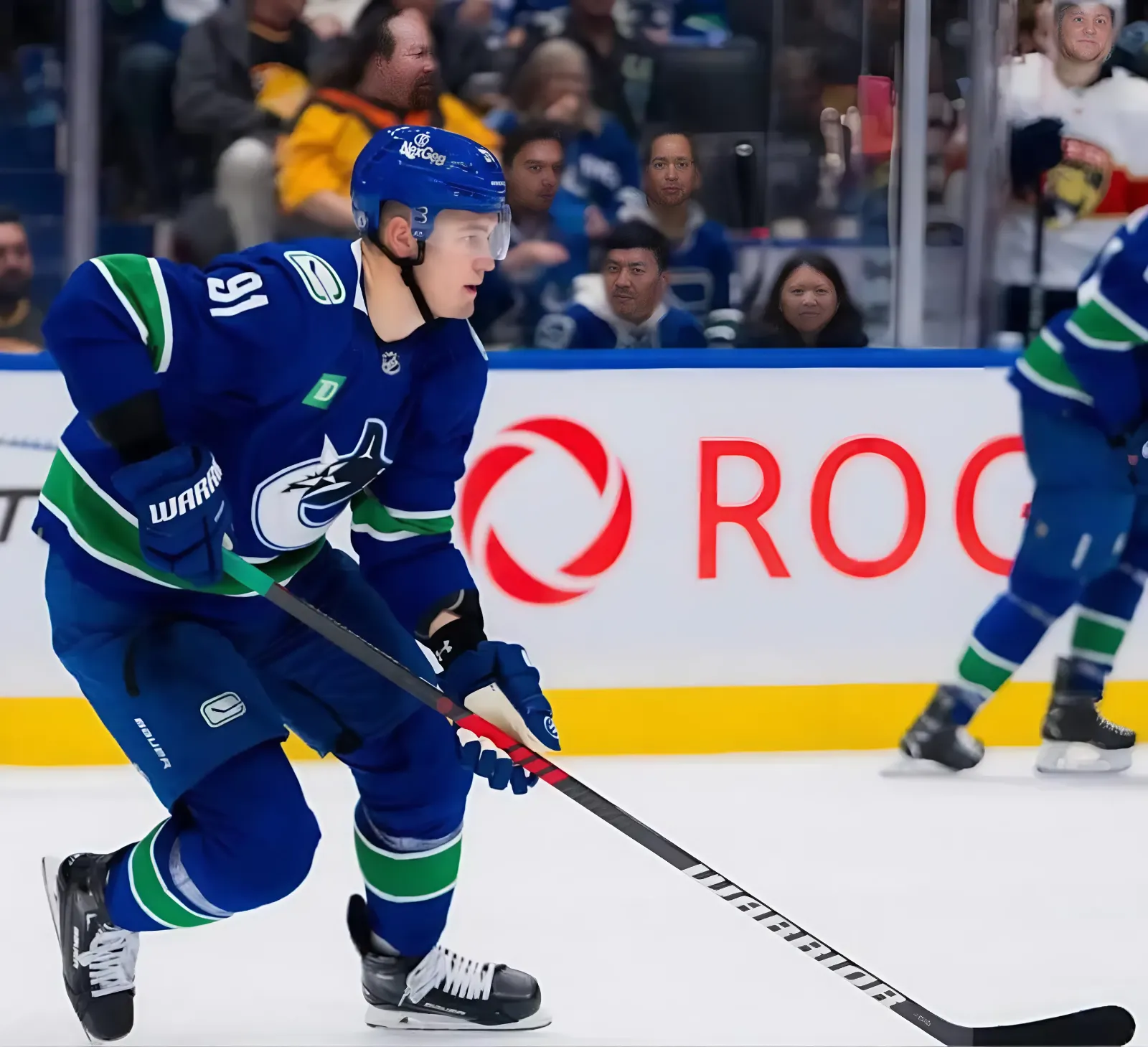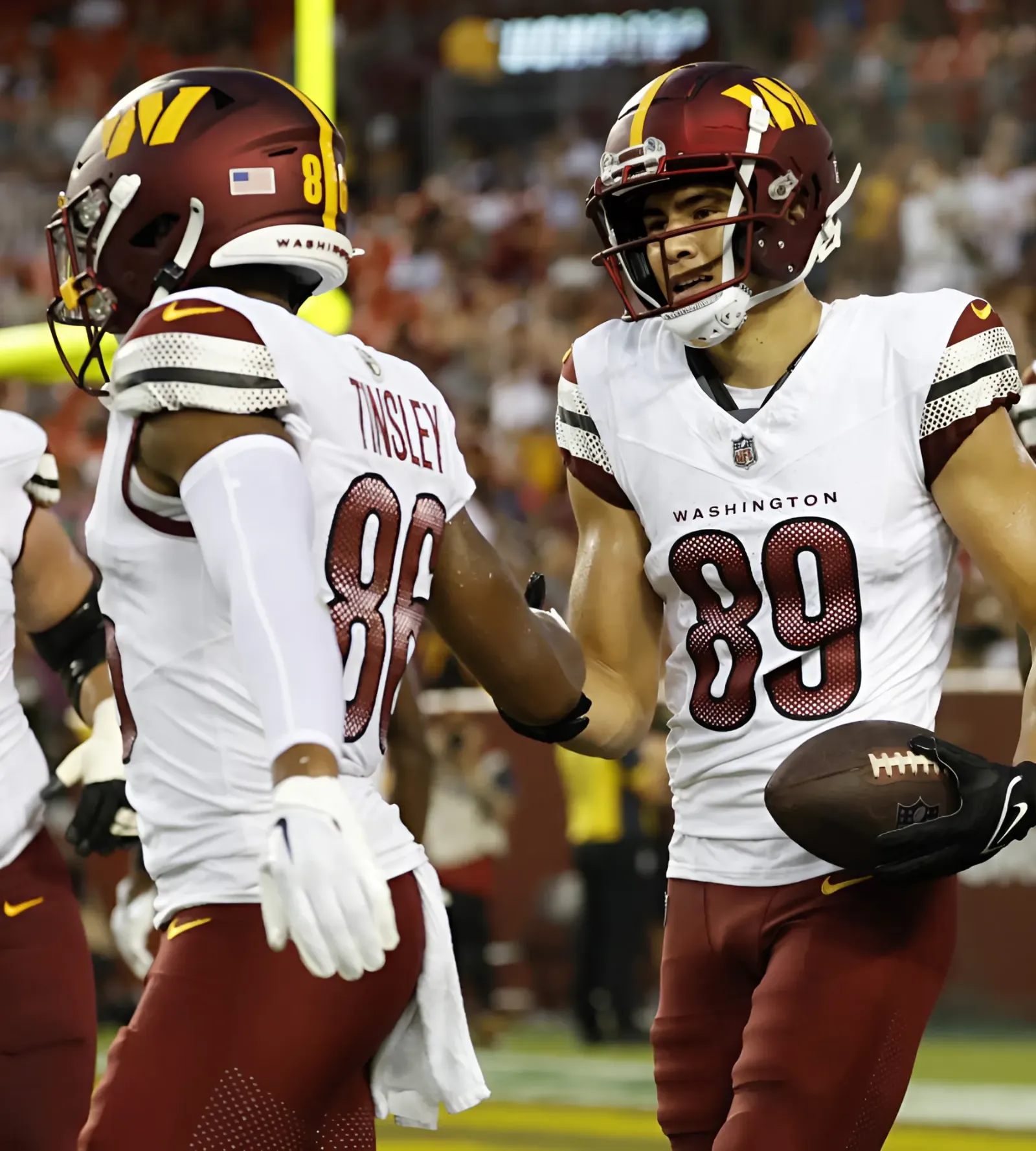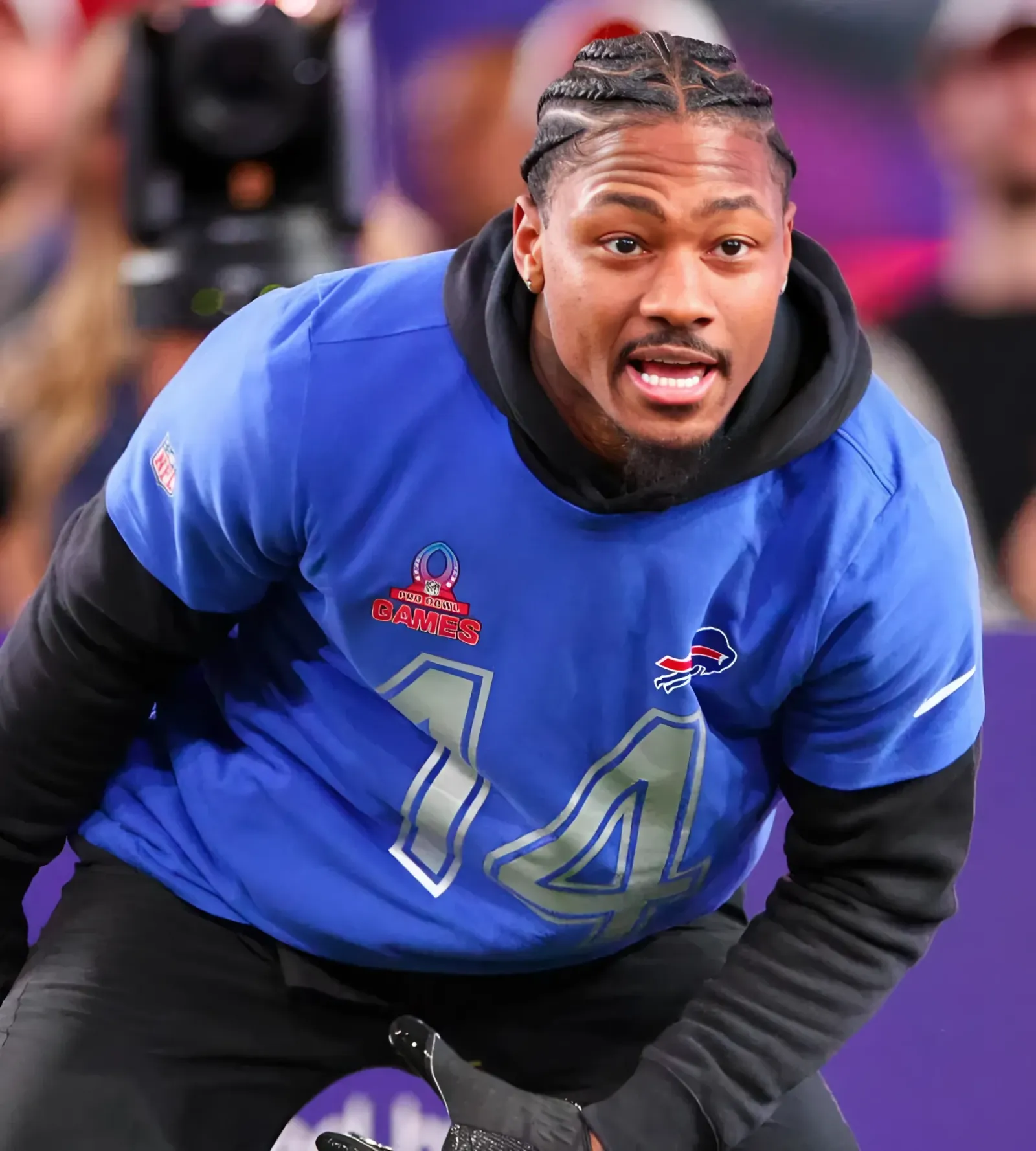Introduction
This summer, Kent Hughes traded for Patrik Laine. Two years ago, starting off an annual trend of adding a once highly regarded forward to the roster, it was Kirby Dach. Last year at the draft, it was Alex Newhook, a player having difficulty carving out a spot on a team filled with superstars up front that had recently won the Stanley Cup. The Colorado Avalanche felt he was expendable, and the Montreal Canadiens’ general manager used some of his excess draft capital to bring in the player chosen one spot after Cole Caufield had been selected in the 2019 NHL Draft.
Newhook made an immediate impression with his new team, earning the nickname “Twohook” by finding the back of the net twice versus the Toronto Maple Leafs on opening night. His addition proved rather critical when Dach was dealt a season-ending knee injury in the next match. Suddenly Newhook’s role was elevated. He shifted over to centre Juraj Slafkovský for a few games, then took up a spot next to Nick Suzuki on the top trio.
Following two healthy seasons to begin his professional career, a high-ankle sprain forced him to miss two months of action. During his absence, Caufield, Suzuki, and Slafkovský found chemistry as the number-one line and Sean Monahan was traded to the Winnipeg Jets, so he returned to the middle. He played with a resurgent Joel Armia and Joshua Roy, then finished the year by helping Brendan Gallagher look better on the ice than he had in several seasons.

Despite the ankle injury limiting him to just 55 games, he still set new career highs in goals (15) and points (34). We had two more occasions to call him Twohook, and he ended April with nine points in nine games. It was one of several performances that left us all wondering what the next season would look like for the team as it begins to emerge from its rebuilding phase.
Voting

The voting stays relatively the same as it did last season, but, as we saw with Roy at number nine, it took a great performance to keep him there given the additions to the pool and the progress made by the players going back to 16th in the countdown.

The biggest gap between two players in the full 54-player list this year was between 43 (Makar Khanin) and 42 (Tyler Thorpe). The second-largest separates Newhook from the list of seven players who have the talent to be top-line or top-pairing NHLers. He’s regarded as the best of this tier in the list, but there’s a pronounced cliff in the voting, with fewer total top-seven votes than placements at ninth.
Top 25 Under 25 History
History of #8
| Year | #8 |
|---|---|
| 2023 | Alex Newhook |
| 2022 | Sean Farrell |
| 2021 | Jesse Ylönen |
| 2020 | Kaiden Guhle |
| 2019 | Artturi Lehkonen |
| 2018 | Nikita Scherbak |
| 2017 | Juulsen/Scherbak (T-7) |
| 2016 | Charles Hudon |
| 2015 | Sven Andrighetto |
| 2014 | Sven Andrighetto |
| 2013 | Sebastian Collberg |
| 2012 | Jarred Tinordi |
| 2011 | Yannick Weber |
| 2010 | Alexander Avtsin |
Strengths
The ability to play a variety of roles at either centre or on the wing is one of the greatest assets Newhook provides. He has already had opportunities to show off that range in his first season in Montreal, and it’s fair to say he passed the test. The Habs have acquired several of these players in recent years, setting the team up to handle an injury or two, or tweak the alignment to seek new combinations.
He uses all 199 pounds on his 5’11” frame to push through defences and work to the middle of the ice in the offensive zone. The majority of his goals came from the home-plate area last season, and very few of his shots were launched from close to the boards. He has a quality shot, made more dangerous by his penchant to shoot from just a few feet from the net, but he also sends passes to the flanks from that position and surprises a goaltender expecting the puck to come his way.

It helps that he is one of the strongest skaters on the team, allowing him to play that style. He has speed and great edge-work to get past defenders in the neutral zone and shift his position more quickly than a defenceman can match him to open lanes for offence.
Weaknesses
His offensive game is good, but his defensive work isn’t close to the same level. Of the 32 skaters who donned a Habs jersey last season, he ranked 23rd in expected goals against despite a balanced zonal deployment. Only Josh Anderson was on the ice for more shots against per 60 minutes of five-on-five time among regular forwards.
He is good at using his skating to get the puck out of the zone, and he seems to be aware that that’s the greatest skill he brings on defence because he attempts to start transitions up the ice whenever the opportunity presents itself. He — like Anderson, who isn’t the greatest player to have as your comparison — is a bit too confident in that ability and can skate himself into trouble when a pass would relieve the pressure he faces, and his best intentions of getting the puck out often leave teammates scrambling to defend his turnover. His great skating ability could be put to use in staying in front of his man and aiding his defencemen versus dangerous forwards, but it seems that is something that will need to be taught and not a talent he possesses a natural instinct for.
Projection
The defensive issues throw his ability to play centre into question for when the Canadiens are ready to contend for a Stanley Cup. He was competent in that spot while Montreal was a bottom team with no real post-season aspirations, but his miscues could lead to critical errors in vital games.
However, he happens to be in a system with Dach, Jake Evans, Owen Beck, and a captain who finished 13th in Selke Trophy voting last season. He doesn’t need to handle the opponent’s stars as he was called upon to do last season in a top-six role, and his line could be one given a healthy dose of offensive-zone starts versus lesser competition, even if that’s not the greatest use of the offensive talent on the roster.
If he can improve his defensive play as the team in general progresses in that area, that sheltering wouldn’t be required. He would reach the second-line-calibre centre projection that serves as his ceiling, and could play in a bottom-six capacity behind Suzuki and Dach, moving up should it become necessary.
His most realistic landing spot is as a winger who provides a speed and offence boost to a more complete centre. This season, that could be on the second line. Next year, if Ivan Demidov is in the fold, he may be one of several players who drop down to play a position lower than their ability, and that’s the recipe for success on a contending team.
Mathieu Paradis from Tout sur le Hockey joins the podcast to talk about Alex Newhook and a potential new role for the young player after the addition of Patrik Laine and with Ivan Demidov’s arrival next season.
2:00 – What was the expectations on Newhook coming into the team?
3:30 – Production, 5-on-5 and with Armia and Gallagher
5:00 – Bringing experience into a young team.
7:00 – Where can Newhook develop for future success?
9:45 – Commercial Break
10:00 – Can he become a power play specialist?
12:00 – Where does Newhook fit into the future line-up?
16:00 – What to look forward to in Laval this year.
18:30 – Mailloux as the first call up




